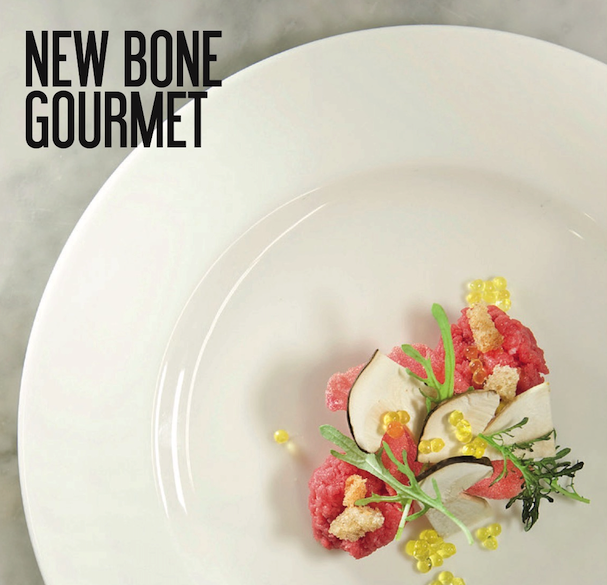New Bone China
New Bone China - an imitation of porcelain

This page is still under construction (wv-kh)
It looks like porcelain, it sounds (almost) like porcelain, it has a similar weight to porcelain and yet it is not porcelain! New Bone China is a new kind of material description, mainly coming from Asia, which only describes what it is not - namely porcelain.
According to ceramic mineralogy New Bone China is neither a member of the genus stoneware nor of the family of porcelain. The technical and scientific description of ceramics is the definition of materials that are shaped from raw materials containing clay minerals or kaolin and fired by heat.
We quote the official material testing agency for glass and ceramics: "... a large part of the material samples submitted to us with the designation "New Bone China" are to be considered as imitation porcelain. The samples usually contain less than 1% mullite. We have even found ground window glass in our investigations, with which the quartz portion has been substituted by softer talc...".
To put it more simply, it can be stated that substitutes such as window glass (talc - silicon oxide, etc.) actually make the shards more translucent and the layman will be happy to relate them to high-quality bone china. This confusion, which is also inspired by the name, is wrong. Although water absorption as a quality feature of a New Bone China product is almost equal to porcelain, the strength of New Bone China is much lower.
The inferior substitutes make it impossible for New Bone China to achieve the whiteness of real hard porcelain. To date (as of 09/2019), we have not yet been able to identify a pure white New Bone China on the international markets. The cream colour is positively portrayed by many manufacturers as an optical characteristic equivalent to real "bone china". In reality, it is only the result of inferior additives that give New Bone China the characteristic of imitation porcelain.
New Bone China compared to real hard porcelain
- Due to the inferior raw materials, the tableware is generally cheaper than hard porcelain.
- Due to the lower firing temperature, the tableware is generally cheaper than hard porcelain.
- Due to the lower firing temperature, the degree of deformation is lower.
- Due to the lower firing temperature the variety of decorations is higher.
- Due to the inferior raw materials, the tableware is much softer than hard porcelain.
- Due to the lower firing temperature, the glaze hardness is considerably inferior to that of porcelain.
- Due to the lower hardness, the glaze suffers faster glaze corrosion.
- The susceptibility to breakage is higher for New Bone China.
- The sensitivity to edge impact is higher with New Bone China.
Why is New Bone China so popular anyway?
As is well known, the definition of the term "market" consists of the meeting point of supply and demand. The more supply penetrates a market, the more likely it is that demand will increase. Please continue reading on our page "The tableware market".
